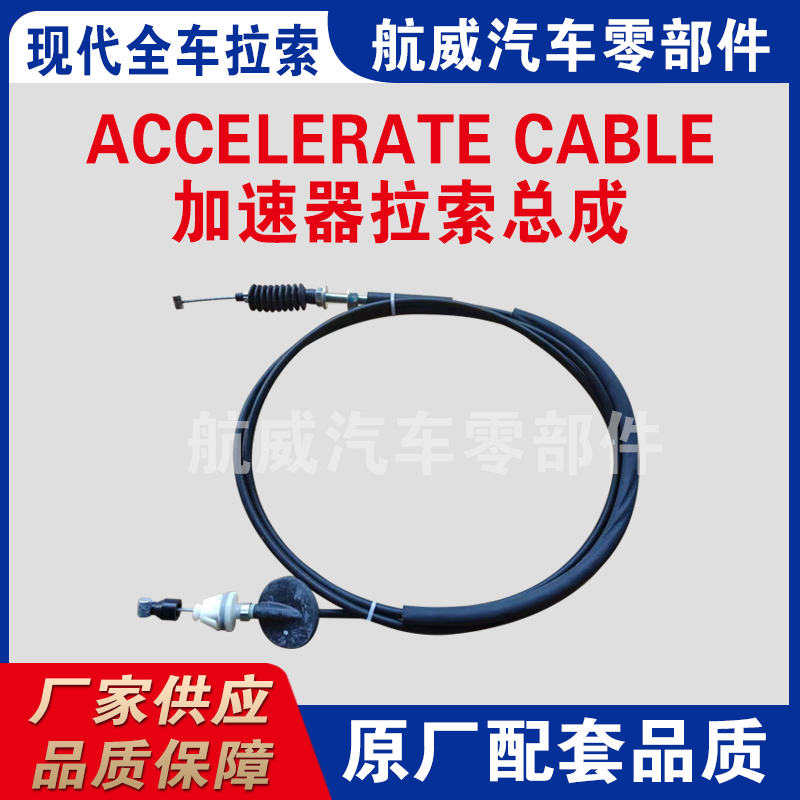rear derailleur cable
Understanding Rear Derailleur Cables An Essential Bike Component
The rear derailleur cable is a crucial component of a bicycle's transmission system, playing an integral role in the ability to shift gears smoothly and efficiently. Although it may seem like a simplistic part, the cable's functionality directly impacts the overall performance of the bike, making it essential for both casual riders and competitive cyclists alike.
The Role of Rear Derailleurs
To appreciate the importance of the rear derailleur cable, we first need to understand what a rear derailleur does. The rear derailleur is a pivotal mechanism that guides the chain across various sprockets on the cassette, allowing riders to change gears. This shifting mechanism is controlled by the shifter mounted on the handlebars, which pulls or releases the derailleur cable as the rider shifts.
Cable Mechanics
The rear derailleur cable itself is typically made of high tensile strength materials such as stainless steel, which can withstand the demands of cycling. The cable runs from the shifter, down the frame of the bike, to the rear derailleur. When a rider shifts gears, the shifter pulls on the cable, which in turn moves the derailleur either toward the larger gears for easier pedaling or toward the smaller gears for harder pedaling.
Importance of Cable Tension
One of the most critical aspects of maintaining a well-functioning rear derailleur cable is ensuring proper tension. If the cable is too loose, the derailleur may not move into the correct position, making it difficult or impossible to shift gears effectively. Conversely, if the cable is too tight, it can cause the derailleur to shift erratically, leading to poor performance and potential damage to the bike's components.
Regular maintenance is essential to ensure that the rear derailleur cable functions optimally. This includes inspecting the cable for fraying or damage, cleaning any dirt or grime from the housing, and ensuring that components such as the shifter and derailleur are properly aligned. Additionally, lubrication can help prevent corrosion, especially in wet conditions.
rear derailleur cable

Types of Cables
While most rear derailleur cables are made from stainless steel, there are various types available on the market. Some cables come coated with materials such as Teflon, which reduces friction, leading to increased efficiency in shifting. Another popular option is the use of polymer-coated cables, which offer similar benefits and are designed to improve longevity.
It's also essential to consider the different gauges of cables available. The standard thickness for most bikes falls between 1.1 mm and 1.2 mm, but it's important to check your bike's specifications to ensure compatibility.
Upgrading Your System
For avid cyclists seeking improved performance, upgrading the rear derailleur system can make a notable difference. High-end derailleur cables and housing systems can provide smoother operation and quicker shifts. Many professional cyclists invest in lightweight, durable options that reduce resistance, thereby allowing for a more responsive and efficient ride.
Choosing the Right Cable
When selecting a rear derailleur cable, it's essential to consider compatibility with your bike's shifter and derailleur, as well as the type and conditions of riding you typically engage in. While many standard cables will work for everyday cycling, serious cyclists may prefer specialized cables designed for their specific components.
Conclusion
In summary, the rear derailleur cable is a seemingly minor but vital component of the cycling experience. It facilitates gear transitions and impacts how the bike handles on various terrains. Regular maintenance, appropriate tension, and the right choice of cables can significantly enhance performance. Whether you're a casual rider or a serious competitor, understanding and maintaining your rear derailleur cable can mean the difference between a smooth ride and a frustrating one. Investing the time to ensure that this essential component is in top shape will enhance your cycling experience, allowing for better performance and more enjoyable rides.
-
Workings of Clutch Pipe and Hose SystemsNewsJun.04,2025
-
The Inner Workings of Hand Brake Cable SystemsNewsJun.04,2025
-
The Secrets of Throttle and Accelerator CablesNewsJun.04,2025
-
The Hidden Lifeline of Your Transmission Gear Shift CablesNewsJun.04,2025
-
Demystifying Gear Cables and Shift LinkagesNewsJun.04,2025
-
Decoding Clutch Line Systems A Comprehensive GuideNewsJun.04,2025
